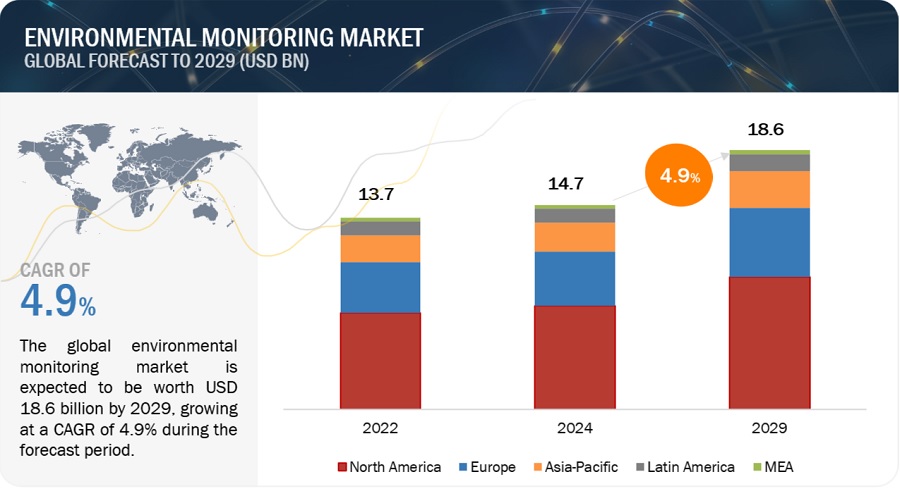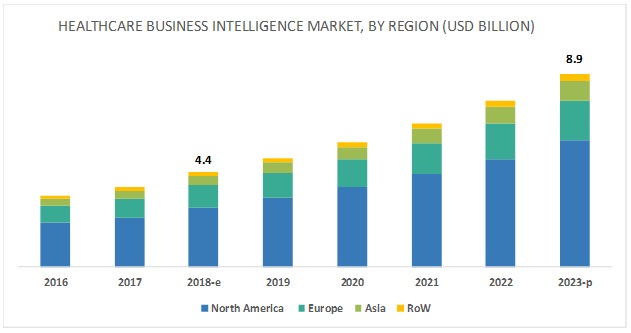The global interventional cardiology products market is expected to reach USD 20.85 Billion by 2022 from USD 14.52 Billion in 2017, at a CAGR of 7.5%. Market growth is primarily driven by the growing incidence of CVD and technological advancements in interventional cardiology devices.
The key players in the interventional cardiology products market include Medtronic (US), Boston Scientific (US), Abbott Laboratories (US), Terumo (Japan), Cordis (US), B. Braun (Germany), C.R. Bard (US), Biosensors (Singapore), and BIOTRONIK (Germany).
Target Audience for this interventional cardiology products market
- Manufacturers and vendors of interventional cardiology devices
- Research associations related to non-communicable diseases
- Various research and consulting firms
- Distributors of interventional cardiology devices
- Contract research manufacturers of interventional cardiology devices
- Healthcare institutions
- Research institutes
The global interventional cardiology products market is dominated by North America, followed by Europe. North America will continue to dominate the global market in the forecast period. However, Asia Pacific is expected to witness the highest CAGR, with the growth in this market centered on Japan, China, and India. Factors such as the rising focus of major players in emerging Asia Pacific countries and government support are driving the growth of the interventional cardiology devices market in this region.






